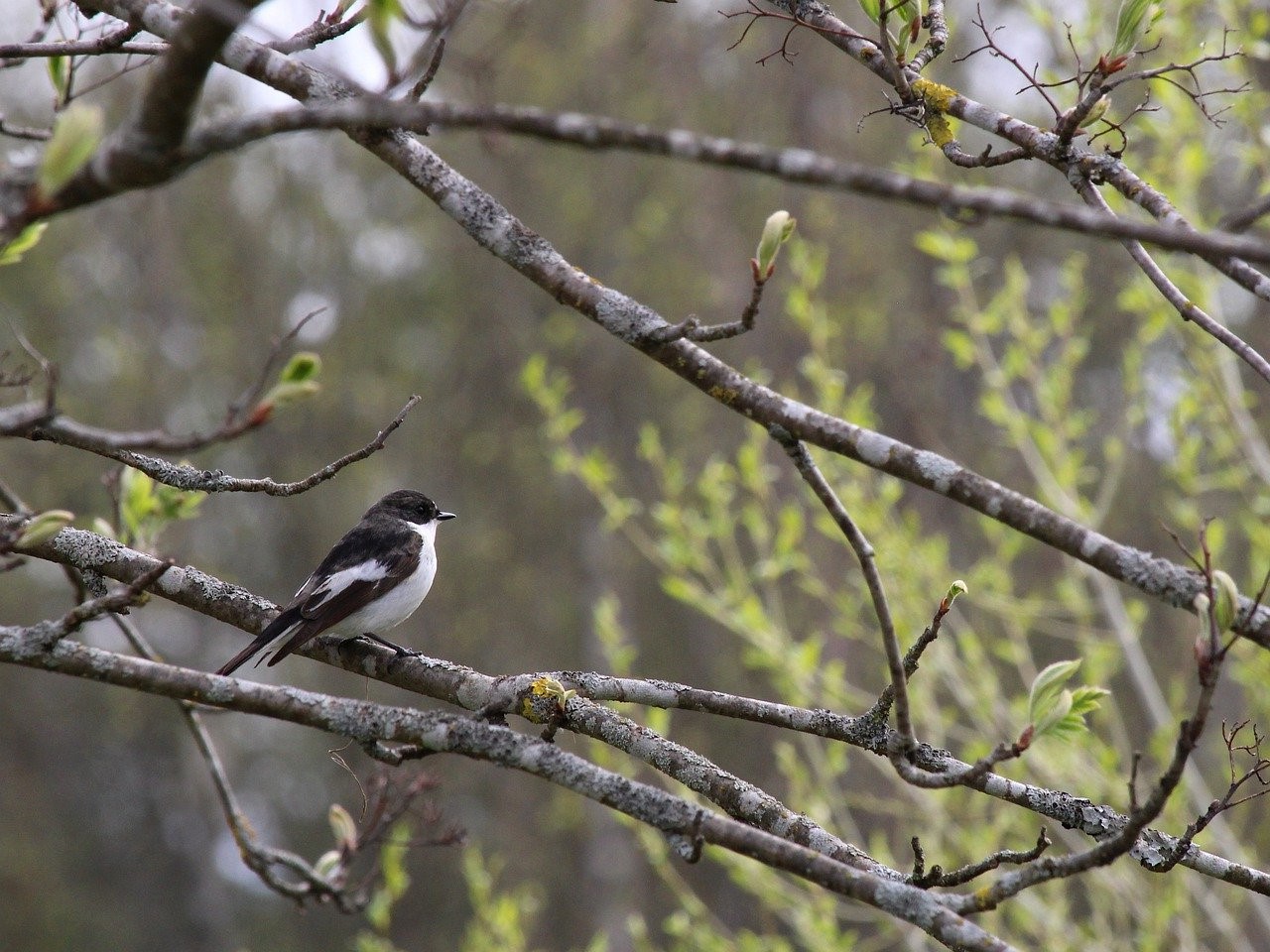Variation och betydelse av äggvikter hos en svartvit flugsnapparpopulation Ficedula hypoleuca i fjällbjörkskog i svenska Lapland
DOI:
https://doi.org/10.34080/os.v25.22536Nyckelord:
häckning, utflygning, häckningsframgång, kläckningsframgång, miljöpåverkanAbstract
Newly laid eggs of Pied Flycatchers Ficedula hypoleuca breeding in subalpine birch forest in Swedish Lapland were weighed in the field in 1965–1976. The main objective of the study was to get knowledge of the egg production capacity and its relation to the environmental conditions in the northern periphery of the breeding range of the species. The eggs were on average smaller than what is known from other Pied Flycatcher populations. Egg mass was non-linearly related to ambient temperature, and smallest at temperatures <10°C. About 70% of the eggs were laid at those temperatures. Variation in temperatures during the egg formation contributed to a significant egg mass variation between years. Average egg mass was lowest in the biggest clutches (7 or 8 eggs). Egg mass did not vary significantly within clutches, was not significantly related to the female mass, and did not vary between years in the same female. Hatching and fledging success were non-significantly related to the mean egg masses, indicating that egg sizes were not decisive for the breeding output.
Nedladdningar

Downloads
Publicerad
Referera så här
Nummer
Sektion
Licens
Författaren/författarna innehar copyright för varje enskilt bidrag, men samtliga bidrag är publicerade under en Creative Commons-licens, så att vem som helst kan dela och återanvända bidraget förutsatt att copyright-innehavaren erkänns.







